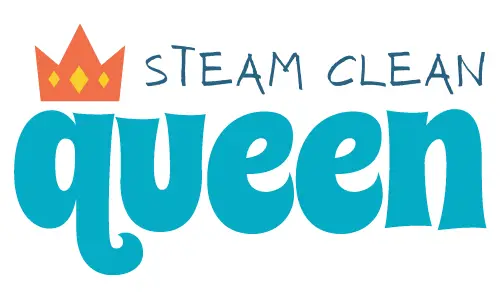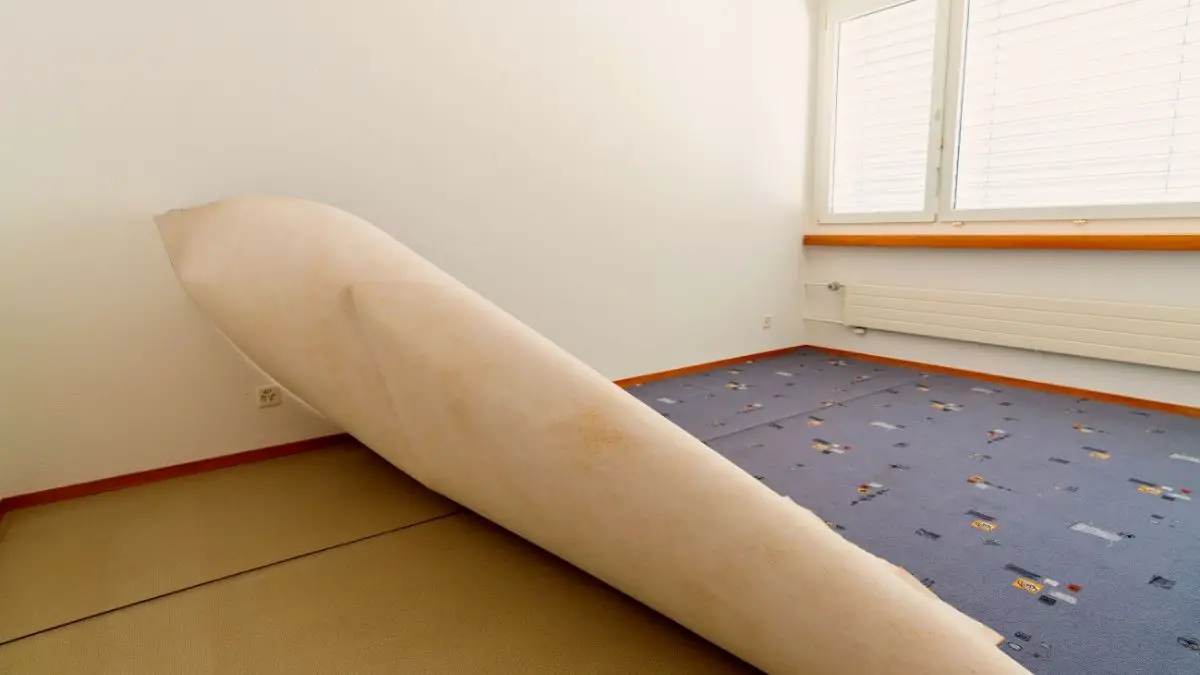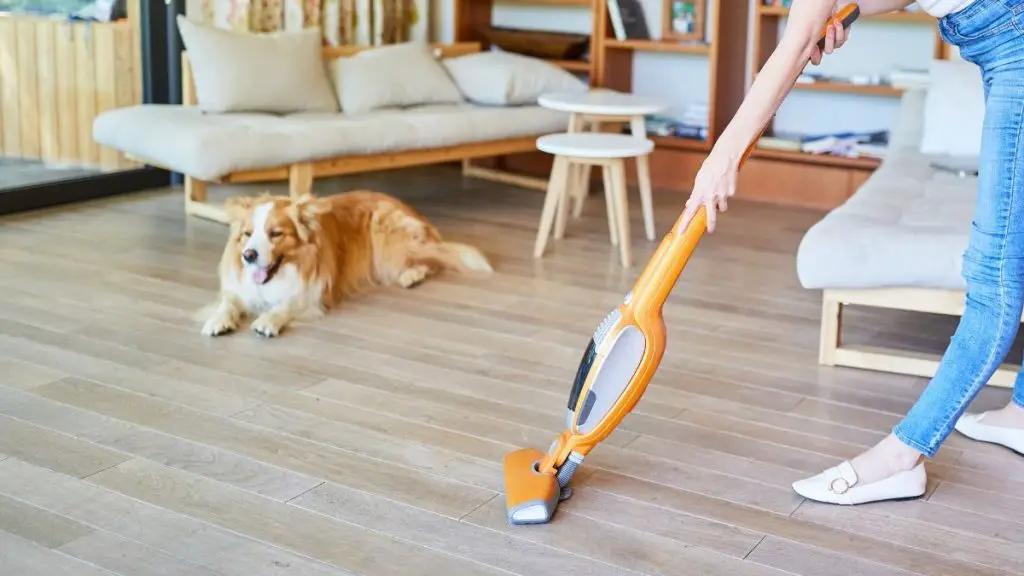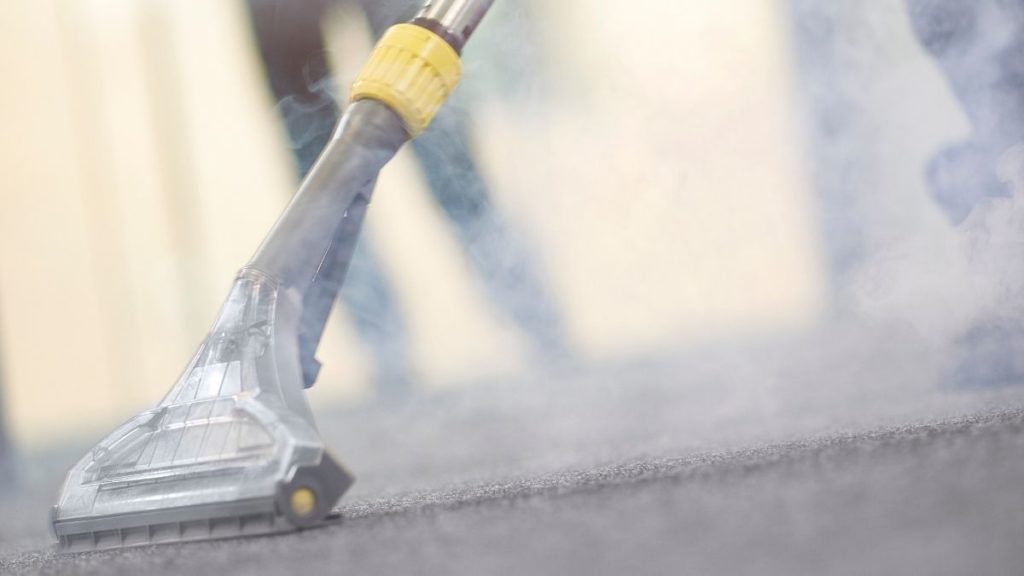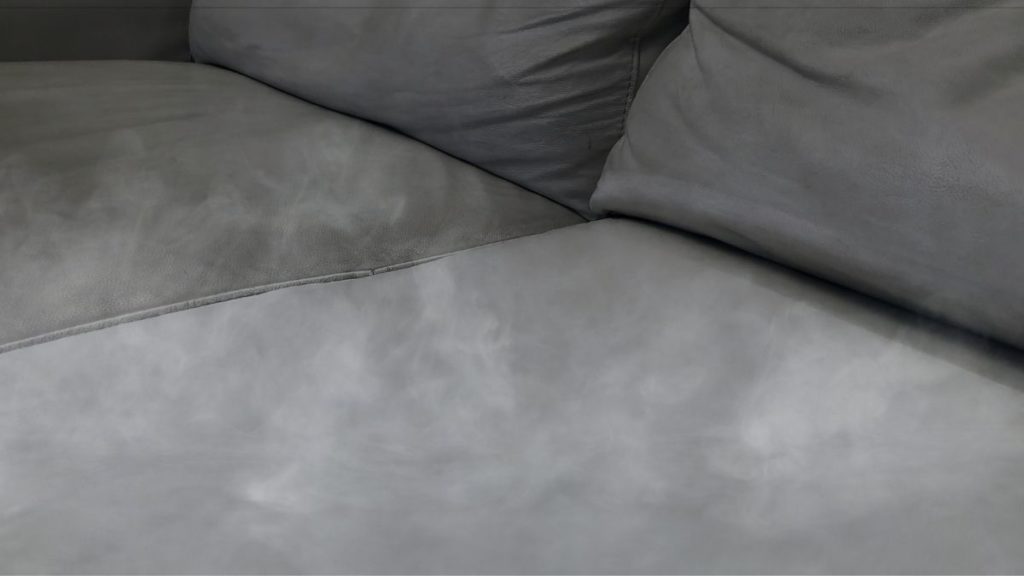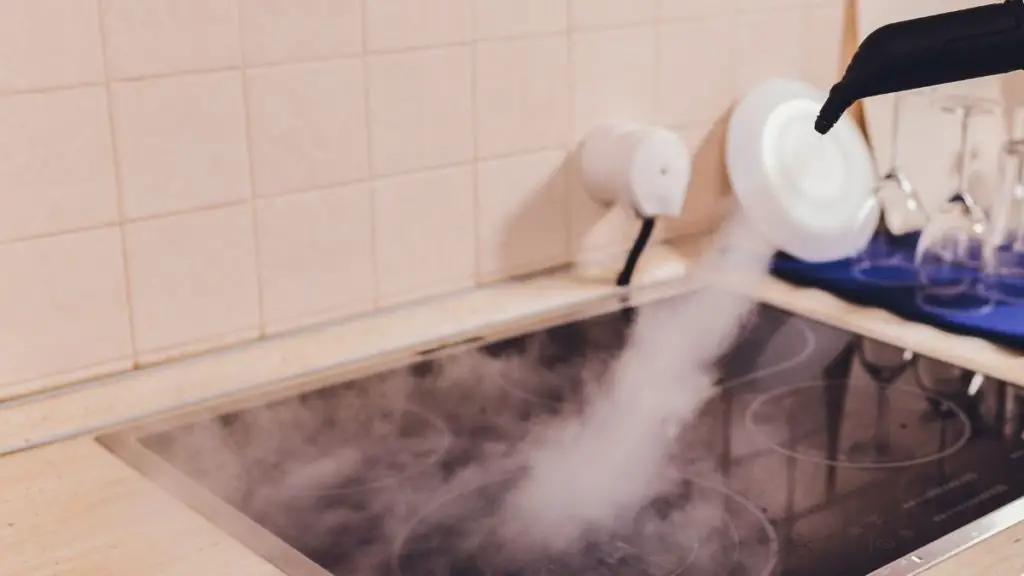How to Clean Subfloor After Removing Carpet: 9-Step Guide
*As an Amazon Associate we earn from qualifying purchases. The price to you remains the same.
Decided to revamp a room by removing your carpet? Before you get ready to install a new carpet, get ready for a nasty surprise! Removing carpet can leave behind dirt, dust, and even mold that can affect the longevity of your new flooring. That’s why we’ve put together this comprehensive 9-step guide on how to clean subfloor after removing carpet like a pro.
No matter how clean your home or carpets are, there are going to be layers of all kinds of filth you can think of underneath! From hair to incredible amounts of dust bunnies, to pet urine stains and patches of mildew.
Cleaning THAT is not just a matter of aesthetics. It’s also a matter of both sanitation and sanity!
Take that extra time to clean the subfloor and finish it off with a fresh coat of paint or sealant. Or else your new carpeting won’t do very well.
So here’s how to get your subfloor squeaky clean – whether it’s plywood, particle board, OSB, concrete or any other type!
Table of Contents
Table of Contents
How to Clean Subfloor After Removing Carpet
From gathering the right tools to deep cleaning techniques, we’ll walk you through each step, ensuring that your subfloor is squeaky clean and ready for its next makeover. So, roll up your sleeves and get ready to transform your space with our expert tips and tricks for cleaning your subfloor after removing carpet.
Gather Your Supplies
- A floor scrape or something with a sharp edge to scrape away the old sealant or paint
- Old towels or rags
- A dustpan and broom
- A bucket
- 1 quart of hydrogen peroxide
- A 1/4 cup of baking soda
- 1 teaspoon of dishwashing liquid
- Scrubbing brush
- UV light, a.k.a. black light (Optional)
9-Step Guide to Cleaning Wood, Plywood, or OSB Subflooring After Removing Carpet
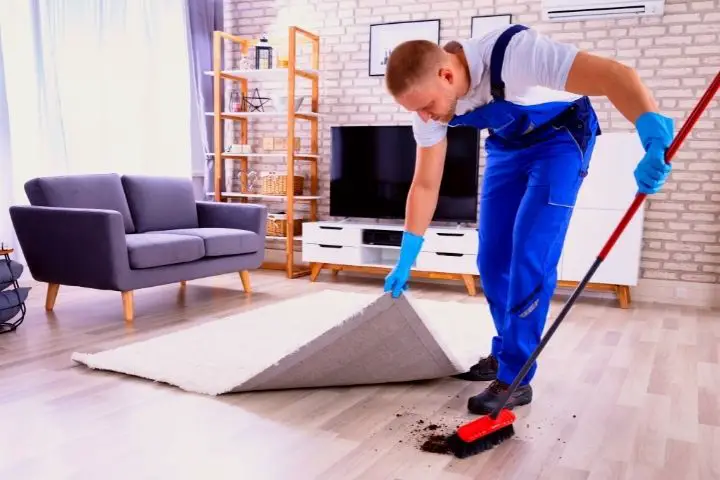
- Use the floor scraper to scrape off the staples left from the padding on the carpet. This step is crucial because you want to make sure nothing is on the floor before laying your new carpet. For instance, nails may not be so easy to spot, but you will be able to get all of them with the floor scraper.
- Next, sweep the padding and debris into a large trash bag, if any. Or just turn on a shop vac if you have one. It will do a much better job than that poor little vac you use for everyday cleaning!
- If you detect any foul odor or are trying to spot your pets’ urine stains, reduce the light in the room and use the UV light to spot the stains.
- Mix 1 quart of hydrogen peroxide, a 1/4 cup of baking soda, and a teaspoon of dishwashing liquid in a bucket. Depending on the size of the area, you may need to make several mixes of this paste.
- Apply the solution to the stains and use the scrubbing brush to brush them off.
- Then, wipe the solution thoroughly with a rag or towel. Repeat the process until all the stains are gone.
- Now to the tricky part! You’ll have to “wash” the subflooring, but you’ll also want to be very careful so as not to drench it. Wood doesn’t really like moisture! So it’s best to either mop it very lightly, or steam clean it. (Yes, steam is safe for wood if you do it right!) After all, steam cleaning won’t emit nearly as much water as any other method will.
- To dry the place thoroughly, let air and sunshine (if possible) in. Turn on any heaters, fans, AC units – anything you have at your disposal. Hair dryers can help too, but be careful with the temperature!
- Once the subfloor is dry, apply a sealant or paint. When that one dries too, voila! You can go ahead and install your new carpet.
If You Have a Concrete Subfloor
Attaching carpets to concrete floors is done by using some kind of adhesive. And that means you’ll have to deal with stubborn glue stains when you unglue the carpeting!
It won’t be easy, but it will be doable. First, you’ll need to scrape it, sweep it, vacuum it.
But then, the glue will need some treatment! Washing soda or industrial glue remover should help you get rid of it.
As for any other dirt or grease, a gallon of warm water mixed with some dishwashing liquid will be enough. Mop the floor thoroughly. But make sure to wring out the mop after each swipe so you don’t end up with puddles all over the place.
Finally, leave it to air-dry overnight.
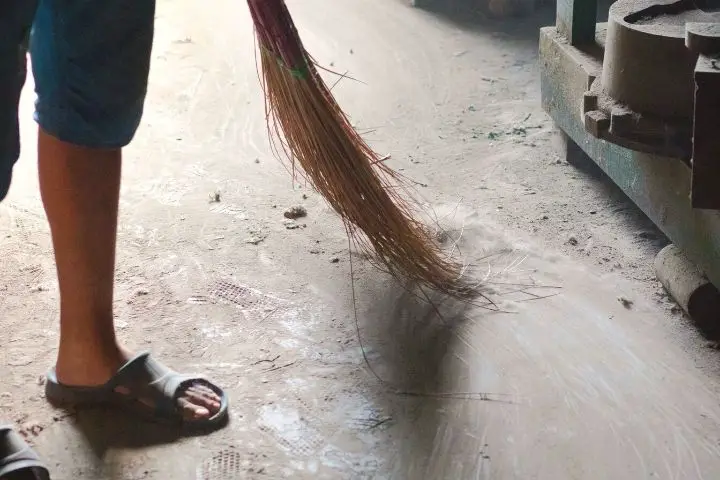
Frequently Asked Questions
What can I use to clean plywood floors?
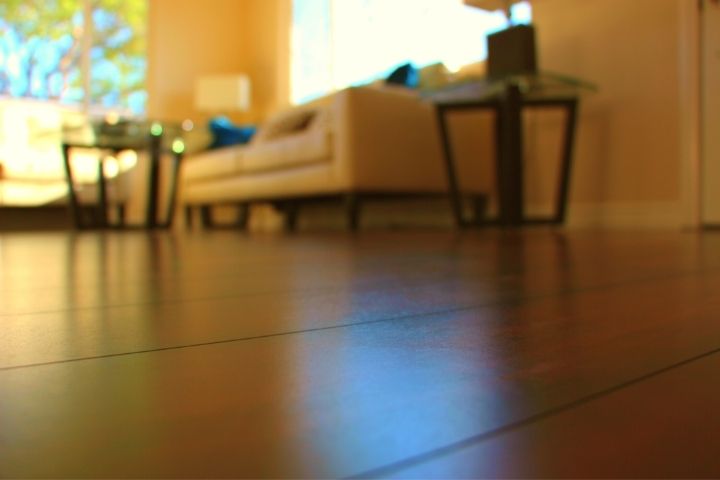
If they are only moderately dirty (think dust, hairs, everyday grime), vacuuming will be your most loyal ally. However, if you’re dealing with nasty or stinky stains such as pet pee, get vinegar, bleach, or a thick paste of hydrogen peroxide and baking soda. They are among the most effective homemade germicidal cleaners.
How can you remove the smell from a subfloor?
Apply 3 percent hydrogen peroxide to the area and let it soak for a few minutes. Afterward, use a towel to wipe it down. Add a splash of dishwashing liquid and baking soda to 3% hydrogen peroxide for a concentrated solution. After spraying it on, allow it to sit for a few minutes; then blot it dry.
How do you treat plywood subfloor for urine before new carpet?
You can seal odors into the wood with a mildew-resistant, oil-based primer such as KILZ Complete or Zinsser B-I-N for plywood or solid boards. But the thing is, you must completely dry the subfloor before painting anything. Ideally, urine-soaked wood should be stripped away and replaced. And the good news is, you don’t have to get rid of the entire subfloor – just the affected spots!
